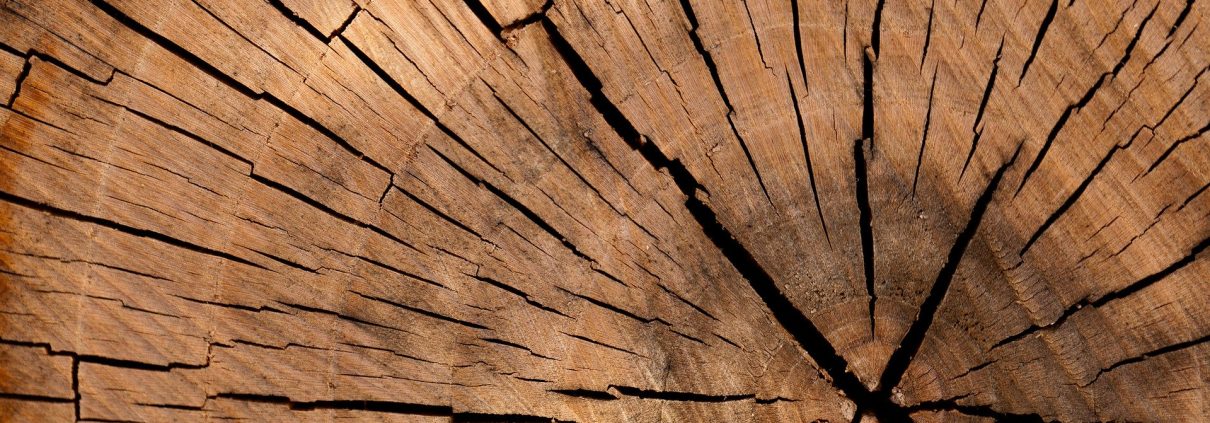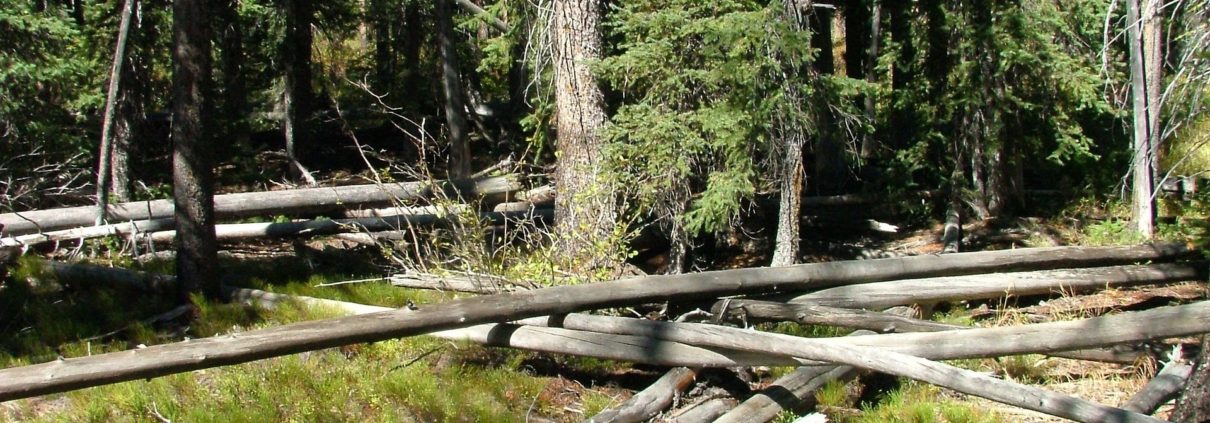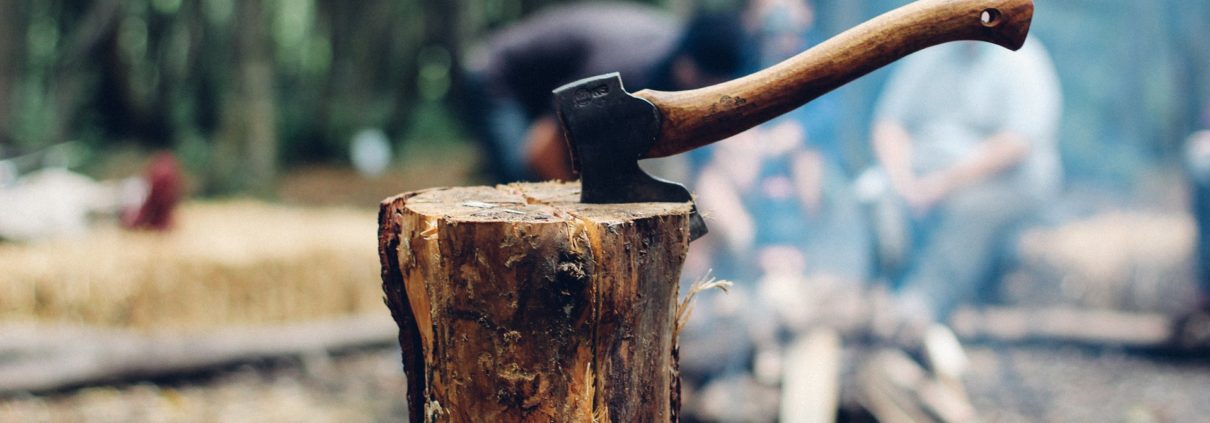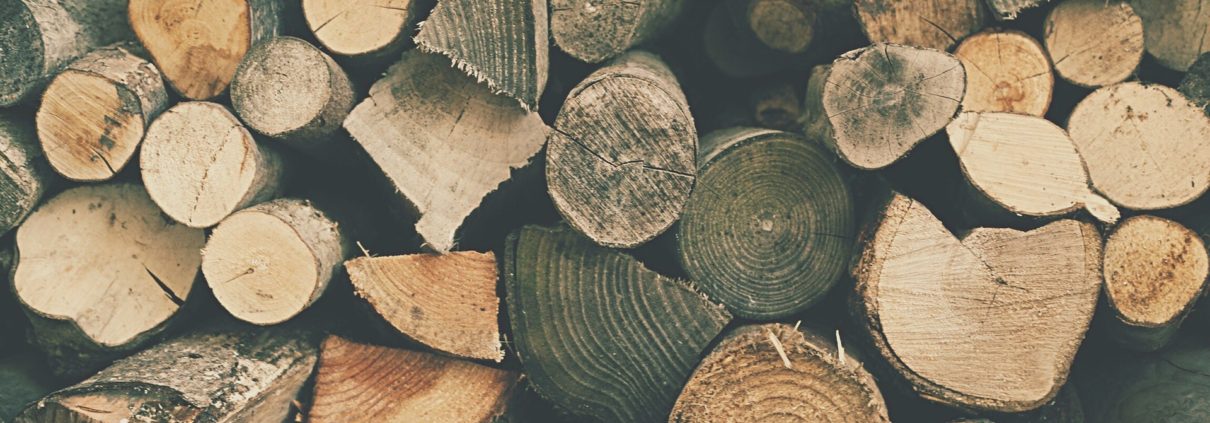COVID-19 Impacts on Timberland
A panel of Accredited Land Consultants of the REALTORS® Land Institute (RLI) shed light on the impacts of the Coronavirus (COVID-19) outbreak on land values and land market trends across the country in a recent Virtual Round Table session. The panel, which consisted of expert land agents from across the country, mostly pointed towards a positive outlook for the land market despite volatility in other areas. One key market they covered was timberland real estate.
“Much of the forest products market is tied to housing, especially softwood markets, and our long awaited housing boom had finally arrived. We were in a period of extreme optimism,” said Chris Miller, ALC, with American Forest Management Inc. in Charlotte, NC, talking about the market before COVID-19. He went on to say that “Since early March, however, we’ve seen some softening in our forest products market… and mills are lowering their inventory in preparation for what they perceive as a slowdown in demand for their products.” He did note, though, that its fairly early to tell, so price reductions have been modest so far. He explained, however, that he does “anticipate an 8% to 12% decrease in unit pricing across forest product markets in 2020.”
As far as demand, he also noted “much of this is tied to housing starts, the numbers for which have now been revised from an anticipated 1.6 million to around 1.2 million for 2020.”
However, he said it is not all bad news, “There is optimism, we anticipate a v-shaped recovery for our business… with some gradual increases [in product prices] starting in the fall of 2020.” Part of the reason, he says, is because the underlying fundamental need for forest product is so strong. We have under-built homes in our country that are going to need replaced or repaired. “One of the main benefits of timber is you can delay a harvest.” He also noted that, as a land agent, incoming “call volume is much higher than it was pre-COVID-19 so the interest in doing business is still there.”
Talking about investing in timberland “The broad consensus is that we expect little impact on [long-term] timberland values. Timberland investors in general have a really long-term view with most of their acquisitions based on ten-year or longer ownership periods.” As far as the outlook, he said “Whenever there is a drop like this in equities I think it reminds folks of the value of timberland [or farmland] and a balanced portfolio.” He also notes that timberland makes a good hedge against potential inflation, which may result from the stimulus package that was approved.
If you are interested in buying, selling or investing in land real estate, make sure to Find A Land Consultant, like an ALC, in your area with the expertise needed to best assist with your transaction.
For more insights on the impacts of the outbreak and shutdown on the timberland market from Chris as well as insights on how other land markets are being impacted, make sure to watch the full Impacts of COVID-19 on The Land Market Virtual Round Table presented by the RLI 2020 Future Leaders Committee or check out the related posts below:
- COVID-19 Impacts on Rural Residential Hobby Farms
- Are Buyers Moving To Recreational Land In The Age Of COVID-19?
- COVID-19 Impacts on Agricultural Tillable Farmland
- What Ranchers Need To Know About COVID-19’s Impacts on The Ranch Land Market
- COVID-19 Impacts on Commercial Development Land
 About: Chris Miller, ALC, is a land broker and consulting forester for American Forest Management, Inc. in Charlotte, North Carolina.
About: Chris Miller, ALC, is a land broker and consulting forester for American Forest Management, Inc. in Charlotte, North Carolina.






 About The Author:
About The Author: 









